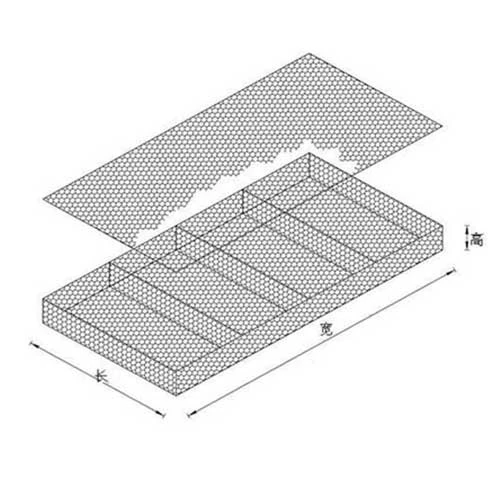-
 Phone:
Phone: -
 Email:
Email:

Durable Razor Wire Fencing Solutions for Enhanced Security and Protection
The Intricacies of Razor Wire Fencing A Dual-Edged Solution
Razor wire fencing, a formidable barrier often seen in high-security installations, has increasingly become synonymous with safety, control, and deterrence. Its sharp, serrated edges exhibit a menacing appearance, offering a stark warning to potential intruders. While the primary purpose of razor wire is to prevent unauthorized access, the implications of its use extend far beyond mere security.
The Design Evolution
Razor wire, often confused with barbed wire, has a distinct construction that enhances its effectiveness. Unlike standard barbed wire, which employs simple barbs, razor wire features sharp blades that can inflict serious injury upon contact. This design evolution stems from the need for enhanced security in various settings—from military installations to prisons and even industrial properties.
The material itself is typically made from galvanized steel, providing durability and longevity against the elements. As technology advances, manufacturers are also exploring stainless steel options, which offer additional resistance to corrosion and environmental factors. The combination of sharpness and strength makes razor wire an effective deterrent against both human intruders and animals.
Applications in Security
The advantages of razor wire extend into several sectors. In correctional facilities, for instance, it serves as a first line of defense against escape attempts. The intimidating presence of razor wire acts as a psychological barrier, discouraging would-be escapees. Similarly, in military zones, its deployment signals an area that is off-limits, further emphasizing the importance of security.
In commercial and industrial settings, businesses increasingly turn to razor wire to protect valuable assets. Factories, warehouses, and vital infrastructure sites benefit from its presence, as it adds an extra layer of protection against theft and vandalism. Moreover, the installation of razor wire can lower insurance premiums, as insurers recognize the proactive measures taken to enhance security.
razor wire fence

The Controversy Surrounding Razor Wire
Despite its utility, the use of razor wire is not without controversy. Critics argue that its presence can portray an environment of hostility and fear, contributing to wider societal issues around safety and control. In urban settings, for example, the installation of razor wire can signify an “us versus them” mentality, pitting communities against perceived threats rather than addressing the root causes of crime and insecurity.
Additionally, razor wire poses safety risks to unintended victims, including children, animals, and even emergency responders. Accidental injuries are a real concern, prompting some municipalities to enact regulations limiting its use in certain public areas. Striking a balance between security needs and community welfare becomes paramount, leading to ongoing debates on the appropriate application of such deterrents.
Alternatives and Innovations
In response to the controversies, alternatives to razor wire are gaining traction. Options such as electric fencing, intrusion detection systems, and modern surveillance technology provide non-lethal ways to enhance security. These alternatives not only deter intruders but also minimize the risk of injury to bystanders.
Furthermore, innovations in design and technology have led to the creation of aesthetically pleasing security solutions. Perimeter intruder detection systems, for instance, can blend seamlessly with landscaping while still providing robust protection. The goal is to maintain security without compromising the visual appeal and sense of safety within a community.
Conclusion
Razor wire fencing remains a pivotal tool in the realm of security, balancing effectiveness with the need for safety in its application. Its intimidating design serves as both a psychological and physical barrier, though societal implications should not be overlooked. As we move forward, it is crucial to consider both the protective measures and the broader contexts in which they are employed. The challenge lies in ensuring that our solutions foster genuine security rather than an atmosphere of fear. Finding innovative alternatives and evolving our approaches to safety will pave the way for communities that are both secure and welcoming.
-
Wire Mesh for Every Need: A Practical SolutionNewsJul.25,2025
-
Steel Fences: Durable, Secure, and Stylish OptionsNewsJul.25,2025
-
Roll Top Fencing: A Smart Solution for Safety and SecurityNewsJul.25,2025
-
Cattle Farm Fencing Solutions for Maximum SecurityNewsJul.25,2025
-
Affordable Iron Binding Wire SolutionsNewsJul.25,2025
-
Affordable Galvanized Wire SolutionsNewsJul.25,2025
-
Wire Hanger Recycling IdeasNewsJul.25,2025








